Discovering the Unique Fermented Food Culture of Shonai
With an incredible variety of delicious dishes, high-quality ingredients and an impressive number of local specialties, food in Japan is taken very seriously! It is especially taken quite seriously in the Shonai area of Yamagata Prefecture, with Tsuruoka City being the first city in Japan to be designated as a UNESCO Creative City of Gastronomy.
The fermented food of Tsuruoka in particular is not to be underestimated. Blessed with special mountain ecosystems that create an optimal cold and humid environment for the growth of mountain vegetables, and several businesses which run from generation to generation that use traditional fermentation methods, Tsuruoka is a highly recommended destination to learn more about the unique fermented food culture of Japanese cuisine.
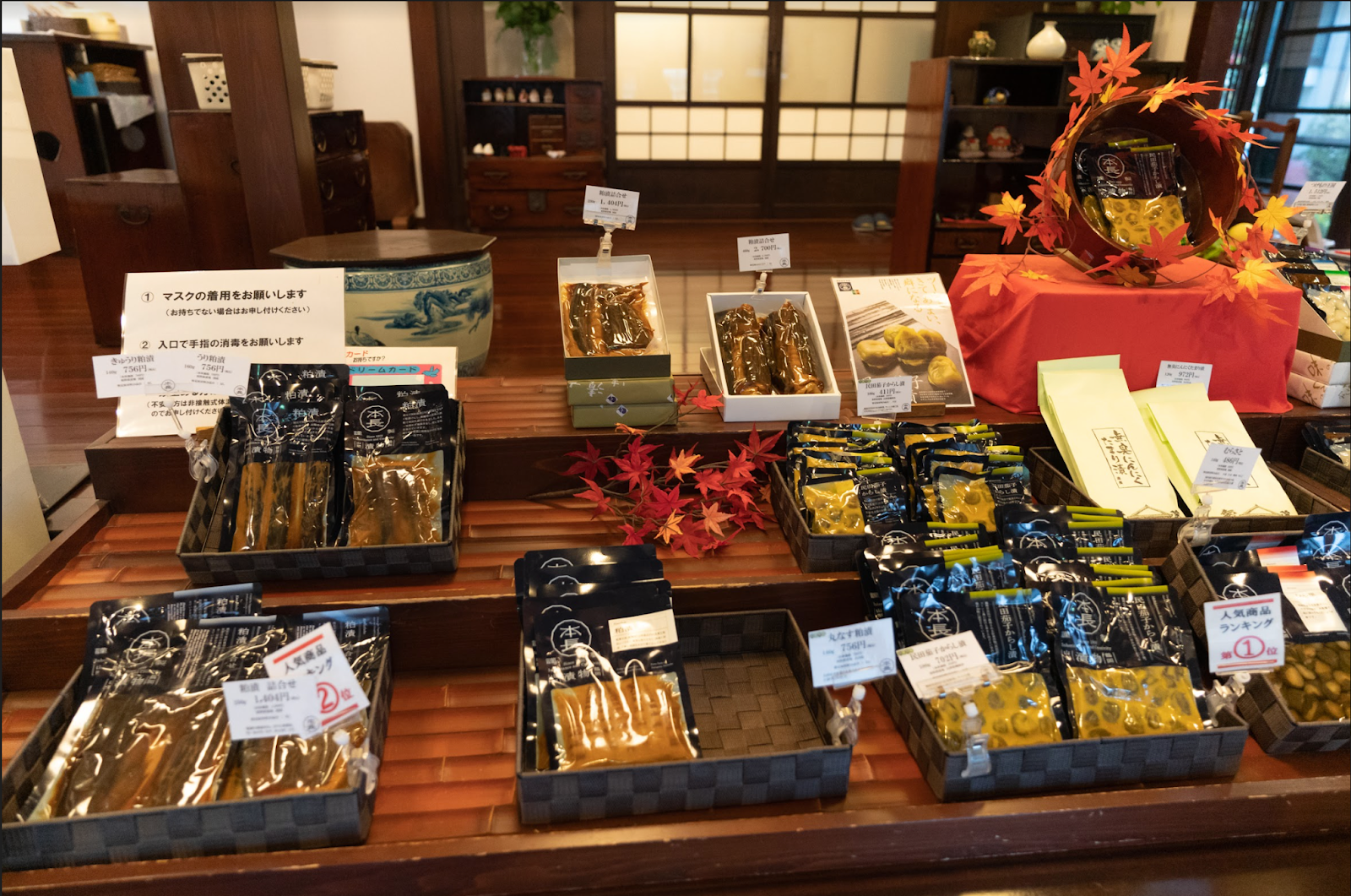
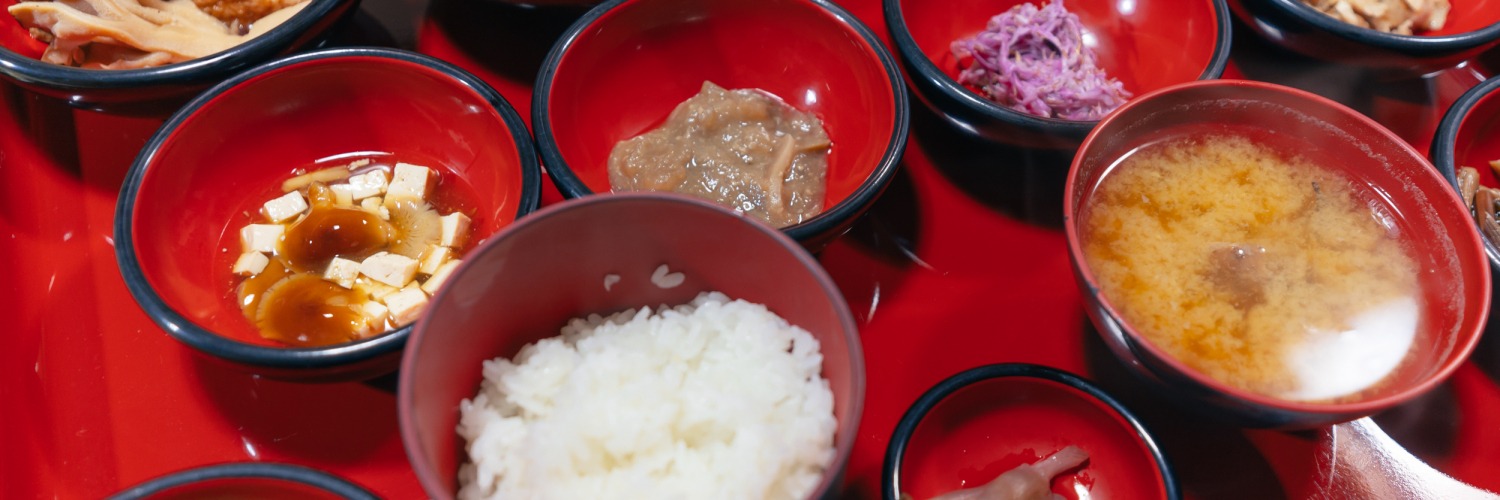
Shojin Ryori, the cuisine of the Sacred Mountains of Dewa
The Three Sacred Mountains, Mt. Haguro, Mt. Gassan, and Mt. Yudono are full of spiritual power and are spiritual places for Shugendo, the Japanese mountain asceticism.
Shiojin Ryori is the traditional cuisine served at temple lodgings, made from natural ingredients sourced from the mountains, eaten in order to absorb the spiritual energy coming from the mountain.
Yamabushi monks had to spend as much time as they could training in the mountains, so the Shojin Ryori they developed in the Three Sacred Mountains of Dewa was for their survival during that time.
Preservation methods such as salting, pickling, and sun-drying were developed to prevent any of the mountain produce from going to waste.
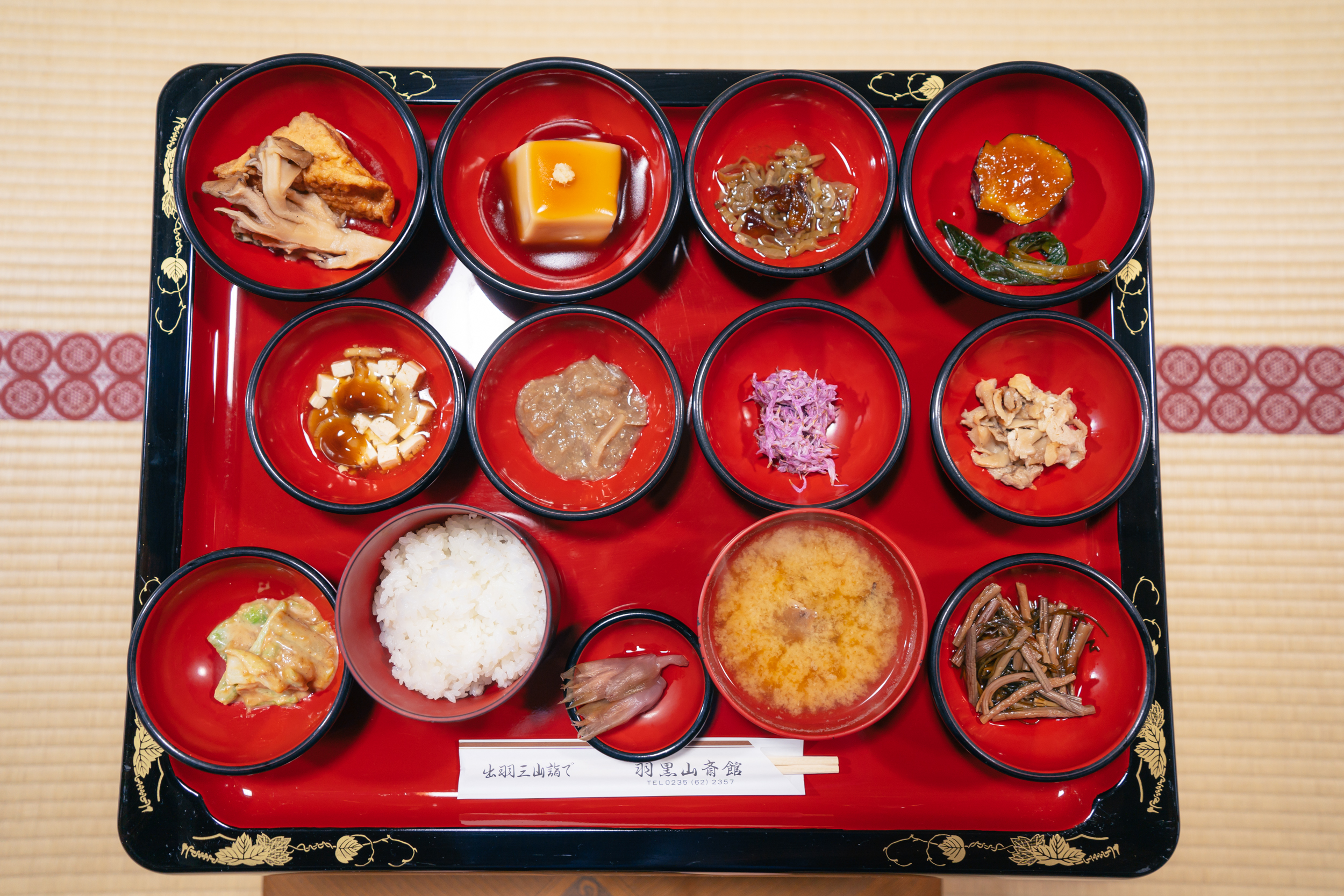
At Saikan, a place to purify your mind and body on the top of Mount Haguro, you can taste the typical Shojin Ryori of the Yamabushi. Vegetables and mushrooms are sourced locally in the surrounding forest that covers Mount Haguro, and varies not only according to the seasonality, but also varies daily depending on each morning harvest.
A Shojin Ryori set meal consists of several small dishes, from 10 to 13 varieties, featuring Yamagata-grown rice and miso soup, accompanied by locally foraged sansai mountain vegetables, bamboo shoots, and mushrooms cooked according to the season. A delicious goma tofu or sesame tofu made fresh every morning served with a sweet sauce completes the meal, in a perfect balance of texture, taste, and colors.

Sake Factory Take no Tsuyu, where the perfect fermented sake is made
The Sacred Mountains of Dewa play an important role not only in fermented food, but also in the fermented sake production in the area, specializing at the Take no Tsuyu Sake brewery. With more than 160 years of history, this sake brewery located at the foot of Mount Haguro is deeply connected with the Three Sacred Mountains of Dewa and the surrounding area.
The sake brewed by Take no Tsuyu is used in annual ceremonies performed by Shugendo monks. The main sake factory of the Three Dewa Mountains was moved here in 1924, having the power of the Gods infused in the sake brewed here.
The waters from Mount Gassan flow just 300 meters beneath the factory, which allows the sake brewery to directly source this incredibly pure water, which is soft but rich in silica, perfect for producing high-quality sake.
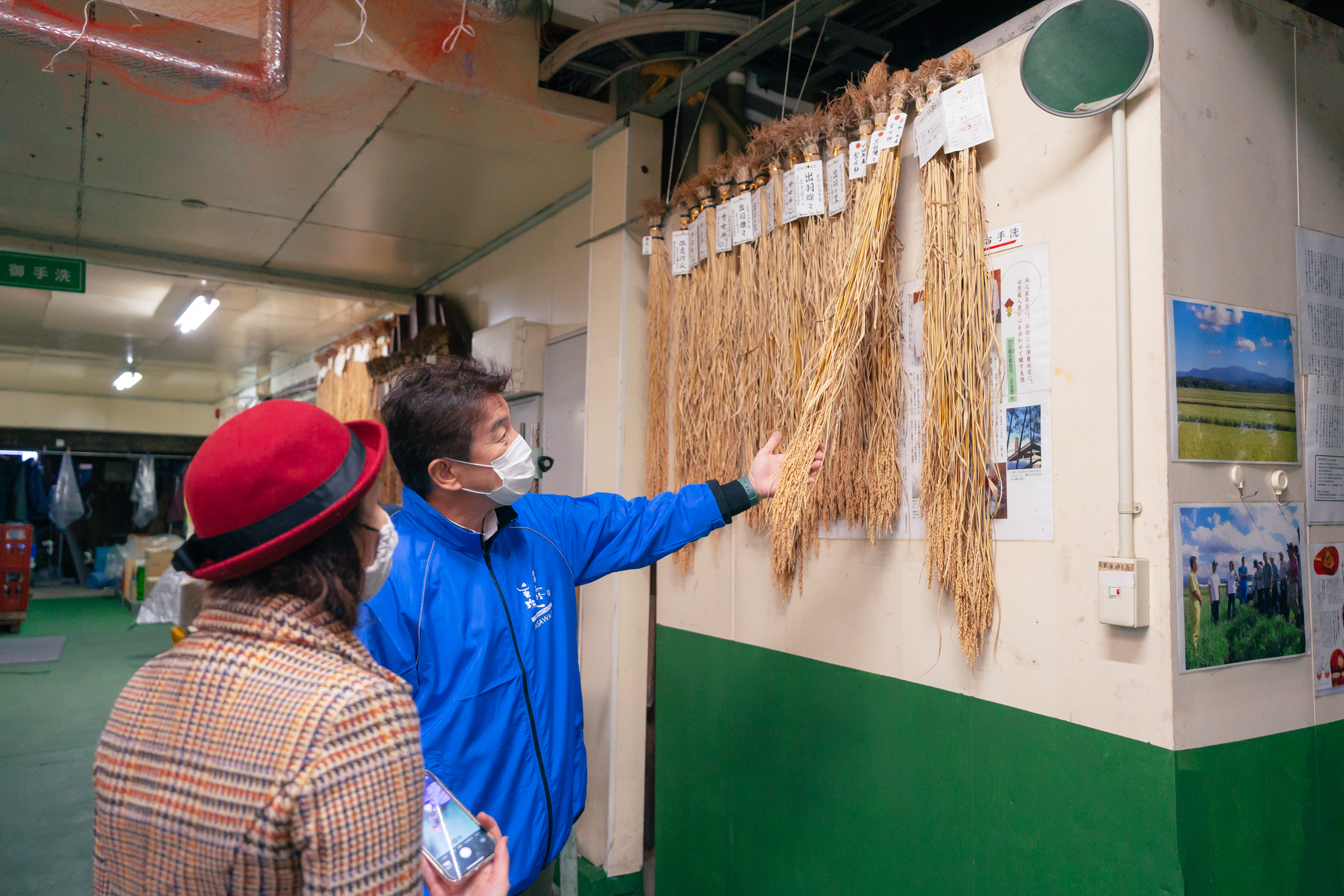
Additionally, the rice used to create the sake is carefully selected: together with the Haguro Sake rice research group, 9 types of sake rice growing in the area were selected from 120 types! This allows the brewery to deeply know each rice in each barrel and make calculated adjustments according to each type to always guarantee the quality of the sake. For example, the “Yuki Megami” type of rice is used to produce Daiginjo sake (the highest quality of sake) because it is possible to polish the grains more. “Dewa no Sato” rice, on the other hand, is easily breakable, so it is more suited for Junmai-ranked sake. Takenotsuyu also uses custom-blended local yeasts, giving each sake a delightful aroma. It is said that the four components of what makes the perfect sake at Take No Tsuyu are rice, water, gods, and being handmade with care.

Honcho Pickle Factory
After sake production, nothing goes to waste, as the leftover sake lees are used to make traditional tsukemono (Japanese Pickles) from the vegetables harvested in the area.
Although using sake lees to pickle vegetables is a more traditional, but rare method, Tsukemono Honcho pickle factory, with a history of 200 years, has been using this method, even today.
Vegetables typically used for making pickles at the Honcho factory are all local products. The main produce used are eggplants and uri (white cucumber). The vegetables are covered with sake lees and salt and are placed in the wooden barrels for 2 years. After their long pickling process, they are ready to eat straightaway.
This detailed process can be seen firsthand by visiting the factory during weekdays, and plenty of explanations on the process can be found there. Food experts and students of culinary academies from abroad come to visit the Honcho pickle factory, because the traditional method of producing pickles is unique as you cannot witness it in every country.
Pickled foods are an important element of Japanese food culture and integration of them into your diet helps your body function in many ways.
The salted-pickling vegetables in sake lees are high in salt, and with the increase of attention to the level of sodium intake for health, pickles are now transferred in new sake lees 5 times. Through this process, the salt contents are removed from the water, while still absorbing the flavors of the sake lees, so the traditional process is still followed while the richness of their taste is maintained before it is ready for sale.
Other than this unique style of pickling, the factory also produces more common pickles made by preserving vegetables in miso, or mirin (a kind of rice wine used for cooking) and all their pickles can be bought in their shop or ordered from their website (Japanese only).
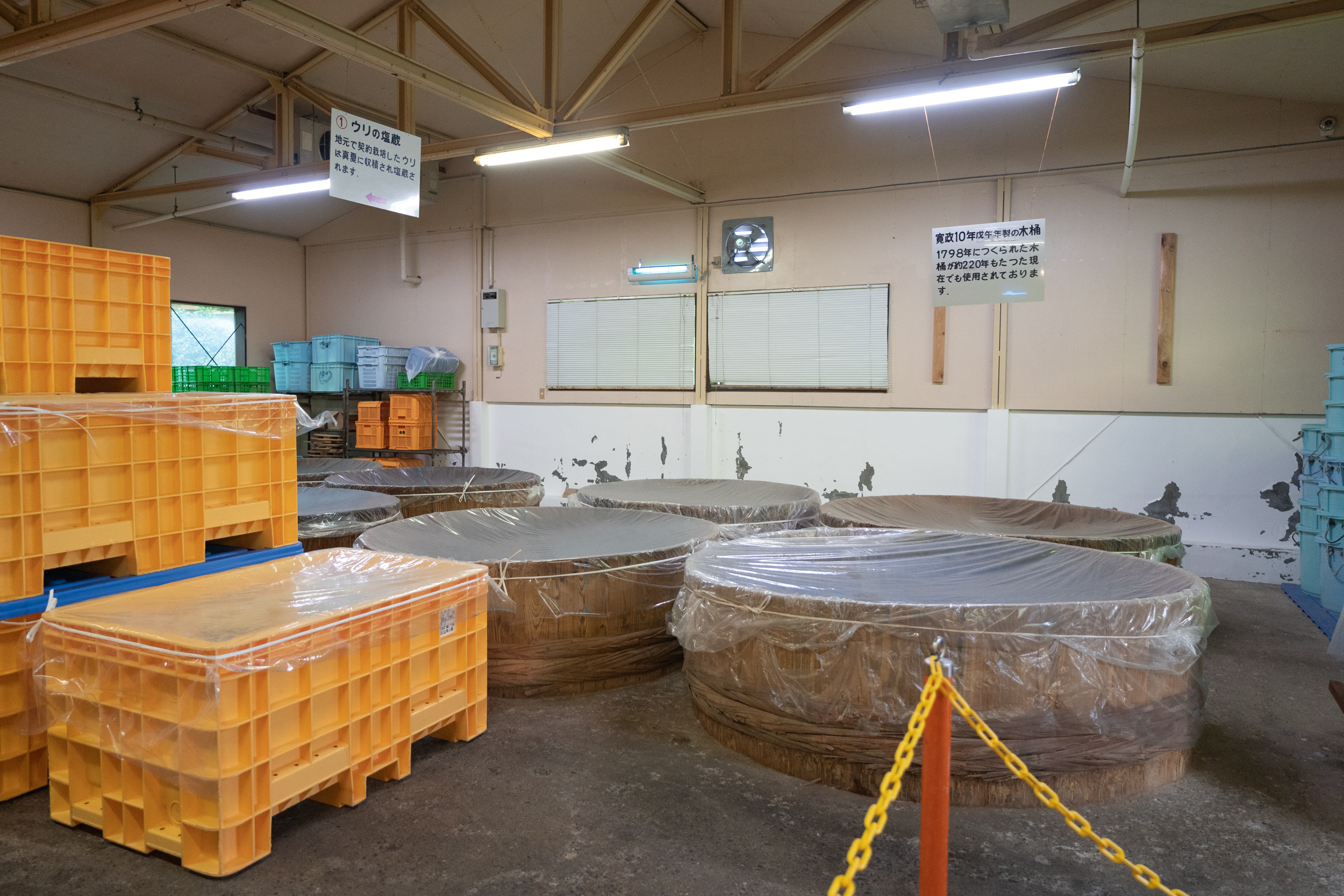
Tsuruoka definitely deserves to be the first Japanese UNESCO City of Gastronomy, and it’s a must-visit for those looking for a unique traditional food experience and want to appreciate the high quality of the fermented food of Yamagata Prefecture. You can learn about this more at https://thehiddenjapan.com/.